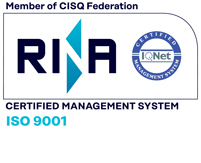Canada
ADJUSTABLE ELECTRIC VEHICLE SUPPLY EQUIPMENT
Different levels of government continue to support the adoption of zero-emission vehicles, with electric vehicles being the most common ZEV. If trends continue, our electrical systems must continue to evolve at every level of distribution—from the electrical grid to a home’s service panel—to meet this higher demand.That continued evolution could involve adjustable EVSE (EV supply equipment).Whether connecting via Ethernet or Wi-Fi, software- and app-based chargers provide the user with a greater amount of control over the charging of their EV (e.g. charging time and rate of charge), along with additional functions that allow the user to manage the load and energy consumption.Authorities having jurisdiction (AHJs) continue to receive questions regarding software-adjustable amperage ratings of EVSE, and whether the de-rated rating can be used when determining service, feeder and branch circuit ratings.Given that it is not directly addressed in the CE Code, let’s discuss some of the nuances of adjustable EVSE.Based on Electrical Safety Authority Bulletin 86-1-*, it is permitted to base the rating of the EVSE on the charger’s field settings for the purposes of maximum circuit loading, disconnect requirements, or overcurrent protection—provided the adjustable settings are not accessible; meaning, a tool would be required for access.Allowing software-adjustable settings provides advantages but, at the same time, poses some challenges. The greatest advantage is allowing the installation of the EVSE without having to incur the additional cost of upgrading the service and main panel for houses and buildings with limited loading capacities. The greatest challenge is ensuring users cannot inadvertently increase the charge rate settings, which could result in the potential hazard of a circuit overload. (ICE TORONTO)
Fonte notizia: https://www.ebmag.com/




